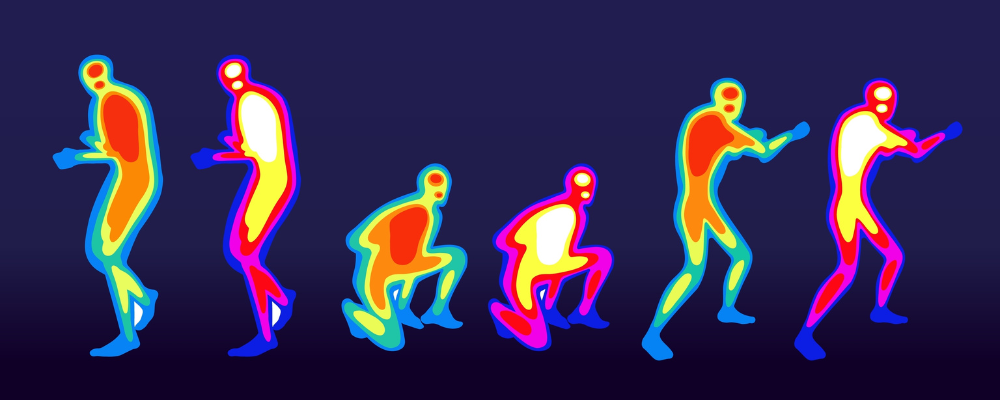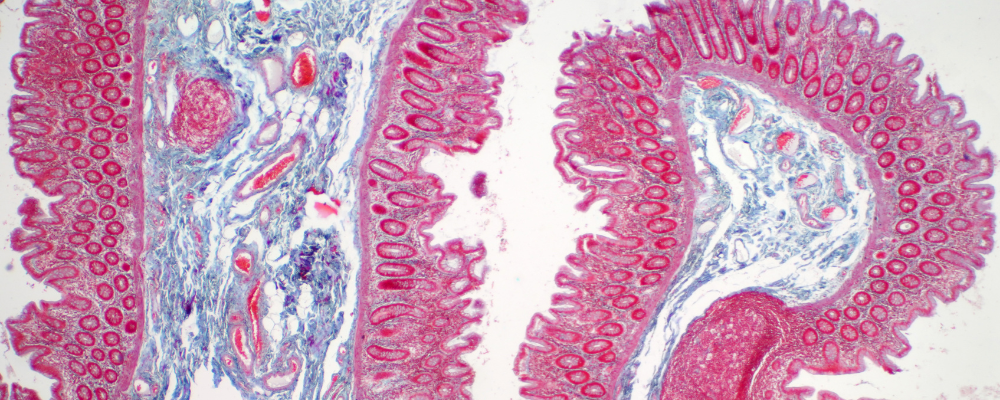
Voice of the Editor
Professor Damian M. Bailey, Editor-in-Chief, Experimental Physiology
“Publication of our first ‘complete’ Registered Report in physiology, including both a Protocol and Results in combination with a recent editorial and video, featuring Josh Hersant, Mike Tipton, and the lead author of the editorial, Peter Rasmussen, helping put this category into clearer perspective. This is an excellent opportunity that I encourage you to take full advantage of and stands testament to our commitment to improve how research is constructed, assessed, reported and incentivised.”

Spring is just around the corner and I hope this column reaches you in the very best of health and cheer, and ready for all that 2025 will bring! It’s already proven a busy quarter for Experimental Physiology (EP) and I’m delighted to say that I’ve extended my tenure as Editor-in-Chief (EiC).
An audit of EP’s performance reveals that our overall growth is positive, which is encouraging as our (inevitable) recovery post pandemic, and flip to Open Access in January 2023, continues. The volume of both submissions and acceptances in 2024 have exceeded those reported in 2023. We can attribute this to a number of strategic changes that include: increased volume of transfers from The Journal of Physiology (JP) c/o Professor Kim Barrett, to whom I am indebted; change in our editorial strategy to work more closely with authors to help them achieve the ‘quality bar’ required for publication, and higher proportion of commissioned content via our Special Issue pipeline bolstered by the full support of The Physiological Society’s in-house publishing team, and commissioning tools offered by our publisher, Wiley.
Establishing a robust pipeline of special issues is one of EP’s core strategies that we are actively expanding through more extensive collaboration with our Editorial Board, as well as new initiatives including our Future Leader Scheme launched in summer 2024. And on that note, we’re looking forward to working with Drs Sophie Broome, Callum Brownstein, Daniel Craighead and Fabio Sarto who have just started their terms with us! Please reach out to discuss any ideas you may have for a Special Issue (ephjournal@physoc.org) and once crystallised, please complete the online proposal form.
I’m pleased to report that there has been a great deal of interest in our series of editorials dedicated to ‘The physiology of lived experiences’, a concept, originally conceived by our former EiC and TPS President-Elect Professor Mike Tipton. As a gentle reminder, these editorials seek to combine personal experience with a review of the physiology underpinning that experience, to help demonstrate the broad relevance and integrated translational impact of physiology. Please take a look at Professor Tipton’s ‘Any old iron, man’ selected as an Editor’s Pick and reach out if you want to discuss any ideas you may have. These editorials will help encourage discourse and bring out the fun of physiology!
Publication of our first ‘complete’ Registered Report in physiology, including both a Protocol and Results in combination with a recent editorial and video, featuring Josh Hersant, Mike Tipton, and the lead author of the editorial, Peter Rasmussen, helping put this category into clearer perspective. This is an excellent opportunity that I encourage you to take full advantage of and stands testament to our commitment to improve how research is constructed, assessed, reported and incentivised.
You may also be aware that our family of TPS journals is growing (Fig.1) and I’d like to extend a personal welcome to Professors Colleen Clancy and Craig Sale who are the inaugural EiCs of The Journal of Precision Medicine: Health and Disease and The Journal of Nutritional Physiology, respectively. These new journals have been selected to compliment and not compete against our existing journals and will bring additional exciting opportunities to the wider physiological community. We’re keen to support one another and explore collaborative opportunities to better harness the power of physiology.
Best wishes to you all.

Figure 1. The Physiological Society’s family of journals



